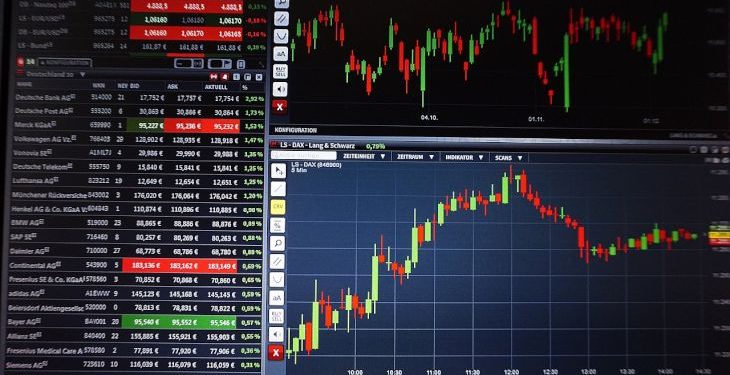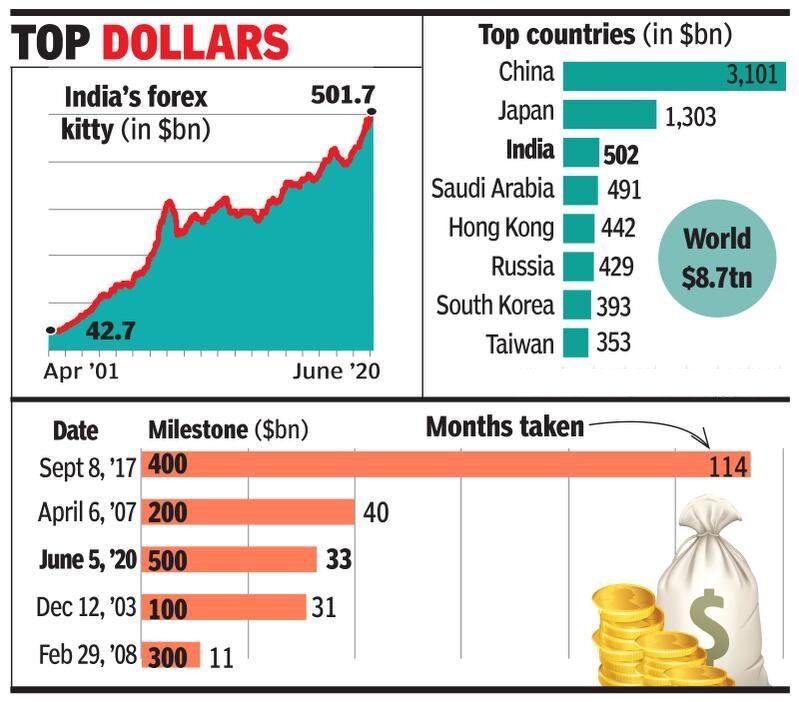In the labyrinthine world of global finance, where currencies dance to the rhythm of economic tides, the Indian foreign exchange (forex) market stands as a vibrant hub, shaping the nation’s economic landscape. The 2018-19 fiscal year witnessed a dynamic period for Indian forex, marked by fluctuations in exchange rates, evolving regulations, and the interplay of domestic and global economic factors.

Image: www.pelajaran.guru
Forex Market in India: A Historical Perspective
The Indian forex market traces its roots to the early 20th century, when India was under British rule. The establishment of the Reserve Bank of India (RBI) in 1935 marked a significant milestone in the development of the Indian financial system, including the forex market. In the post-independence era, India adopted a strict foreign exchange regime to protect its economy and promote domestic industries. However, in line with the global trend towards financial liberalization, India embarked on a series of economic reforms in the 1990s, which included gradual liberalization of the forex market.
Structure and Participants
The Indian forex market is a complex and intricate system involving a host of participants, including:
- Reserve Bank of India (RBI): The central bank of India, responsible for regulating and overseeing the forex market.
- Authorized Dealer Banks (AD Banks): Banks and financial institutions licensed by the RBI to engage in forex transactions.
- Exporters and Importers: Businesses and individuals involved in international trade, who buy and sell foreign currencies to facilitate their transactions.
- Foreign Institutional Investors (FIIs): Overseas investors who invest in Indian securities.
- Non-Resident Indians (NRIs): Indian citizens or Persons of Indian Origin (PIOs) residing abroad.
Exchange Rate Regimes
Over the years, India has experimented with different exchange rate regimes to manage its currency fluctuations. In the past, India adopted a fixed exchange rate regime, pegging the Indian rupee to the British pound sterling and later to the US dollar. However, in 1993, India moved to a managed float system, allowing the rupee to fluctuate within a predetermined band. This system provides the RBI with some flexibility to intervene in the market to prevent excessive volatility, while also allowing the market to determine the value of the rupee based on supply and demand forces.

Image: www.drishtiias.com
Regulatory Framework
The RBI plays a crucial role in regulating the Indian forex market through a comprehensive set of rules and regulations. These regulations are designed to ensure orderly trading, prevent money laundering, and maintain the stability of the financial system. The RBI sets guidelines for various aspects of forex transactions, including:
- Authorizing AD Banks for forex operations
- Monitoring foreign exchange reserves
- Issuing guidelines on capital account convertibility
- Regulating foreign currency inflows and outflows
Market Dynamics
The Indian forex market is influenced by a myriad of factors, both domestic and global. Domestic factors include economic growth, inflation, interest rates, and political stability. Global factors include fluctuations in international currencies, commodity prices, and geopolitical events. The interplay of these factors can lead to significant volatility in exchange rates, presenting both opportunities and challenges for market participants.
Forex Interventions
The RBI closely monitors forex market developments and intervenes when necessary to curb excessive volatility. The RBI’s interventions typically involve buying or selling US dollars in the domestic market, thereby influencing the supply and demand of foreign exchange and stabilizing the rupee’s value. These interventions are aimed at maintaining orderly market conditions, promoting economic stability, and preventing sharp currency fluctuations that could adversely impact the Indian economy.
Outlook
The Indian forex market is expected to witness continued dynamism in the coming years. As India’s economy continues to grow and its financial markets mature, the demand for foreign exchange is likely to increase. The RBI’s efforts to further liberalize the forex market, while ensuring stability, are expected to make India a more attractive destination for foreign investors.
Forex Of India In 2018-19
Conclusion
The Indian forex market is a vibrant and dynamic ecosystem that plays a pivotal role in the nation’s economic growth and prosperity. Through a comprehensive regulatory framework and prudent interventions by the RBI, the government strives to maintain orderly market conditions and promote a stable financial environment. With continued liberalization and reforms, the Indian forex market is poised to play an increasingly significant role in India’s economic journey.






